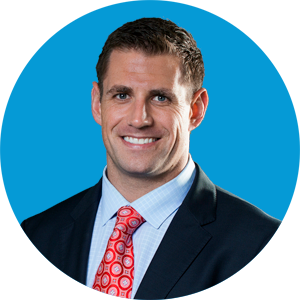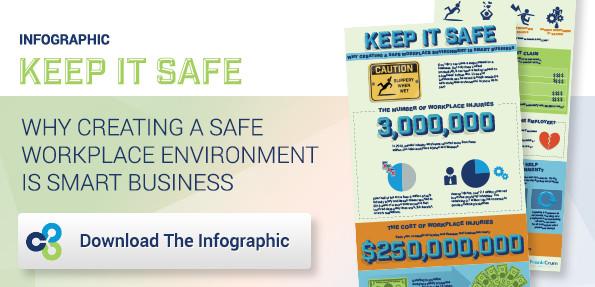 Workplace safety is too important for employers to overlook.
Workplace safety is too important for employers to overlook.
With nearly 3 million nonfatal workplace injuries and illnesses reported each year by private employers, the costs are nearly $250 billion annually, in addition to the pain and suffering experienced by the workers and their families.
Costs your business may incur include increases in workers’ compensation premiums, loss of productivity, overtime paid to other workers, damage to equipment and disruption of the team, just to name a few.
Plumbing contractors may be particularly susceptible to on the job injuries experienced by their workers, including slips and falls, exposure to hazardous materials, inhalation of mold or airborne contaminants, improper lifting, burns, tool injuries and other common causes.
Creating a Safer Work Environment
However, proactive approaches to fostering a safer work environment can make a real
difference from a cost point of view as well as an employee safety and satisfaction perspective.
Rather than gambling with the costs and the safety of your employees, there are a number of steps you can take to put the odds in your favor:
- Establish a safety program: Include regular discussions of injury prevention in new employee orientations. Conduct periodic safety refresher sessions for all employees and encourage employees to discuss safety controls and how to manage near misses and hazardous conditions.
- Make safety a measurable performance factor for your supervisors as well as your employees: Your front-line supervisors are best equipped to monitor procedures to ensure that safe practices are in place and followed – and including safety monitoring as a performance factor makes it clear to them that you’re serious. However, it’s not just your supervisors. Including participation in safety meetings as a performance factor for all employees should encourage better and more engaged participation.
- Follow safety standards yourself: It’s human nature for employees to emulate
behaviors and practices they observe on the part of owners and managers. Be sure you’re conveying the right messages. - Communicate and be proactive: Employees may have previously worked for contractors with different rules and standards that you may not agree with. You don’t want these to become the norm in your business. Safety posters aren’t enough; if you see a problem, or hear about it from workers and supervisors, deal with it immediately at a safety meeting for employees.
- Keep your door open: You want your employees to feel comfortable coming to you to discuss safety issues, conditions, hazards and equipment.
- Reward good behavior: This is where the performance standards come in. It’s not just on the punitive side – you want to recognize positive behaviors and good safety.
- Be sure your workers’ compensation insurance coverage is adequate: Cover your employees for every role they fulfill and cover yourself as the business owner as well.
It Pays to be Proactive
Developing or improving your safety program is not a theoretical exercise. Studies by
insurance carriers indicate that investment in proactive workplace safety programs can yield a return on investment of approximately $6.15 for every $1 spent.
But there’s more to it than that. Employees don’t want to work where they don’t feel
safe. If they feel safe and believe you are interested in their welfare, not just their work output, you’ll be more likely to recruit and retain the best workers. And that’s just smart business.












